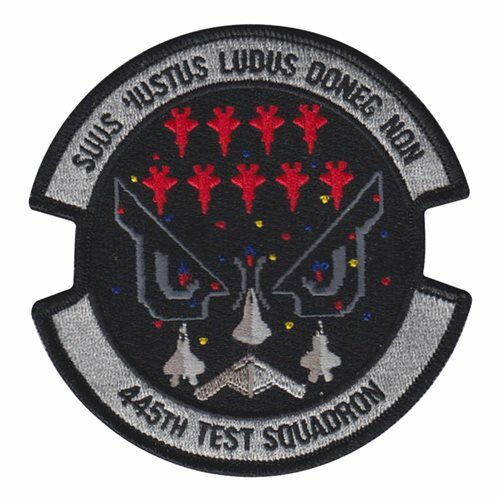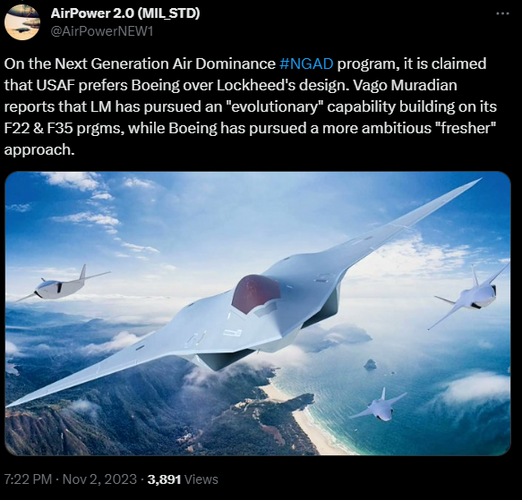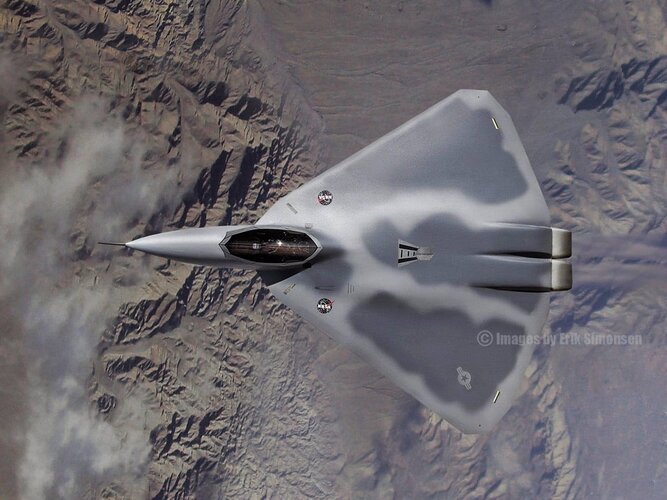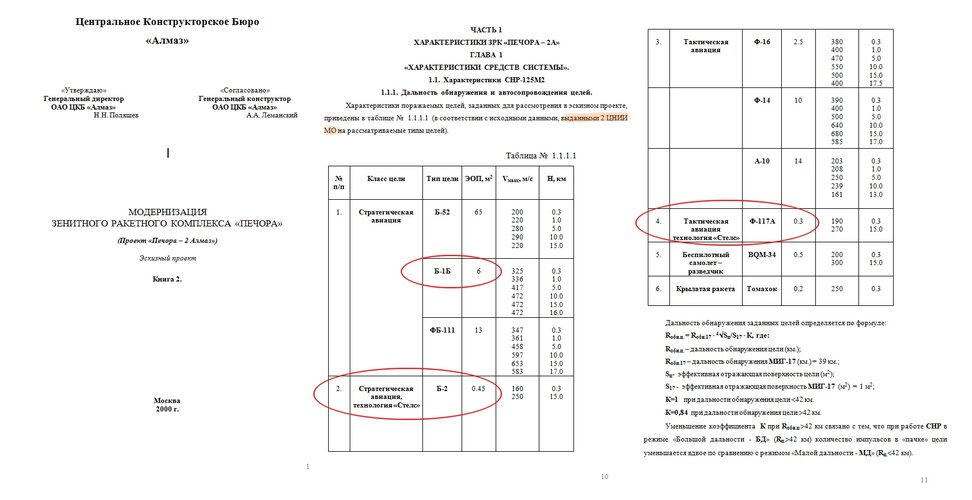Scott Kenny
ACCESS: USAP
- Joined
- 15 May 2023
- Messages
- 10,104
- Reaction score
- 11,646
For certain missions it does. Scramble interceptors, for example.You gotta remember the things going to have 90k lbs of thrust, does it make sense to have > 1:1 TWR at MTOW? The weapons bays and huge fuel tanks add lots of weight.
But no, otherwise there's no great reason to have greater than 1:1 thrust:weight at MTOW. You want to have >1:1TWR at about 50% fuel load for a fighter doing a there-and-back.
Let's see here. The F-22 is the same rough size as the F-15 (length x wingspan), but the internal bays and larger internal fuel tanks add 17klbs of empty weight (1.55x heavier empty). Su-27 is 8000lbs heavier than the F-15 is empty (1.29x heavier), but has the same MTOW with a larger internal fuel capacity (lower total armament load), it's also 7000lbs lighter than the F-22 is empty. Interestingly, the Su-57 is about 4000lbs lighter than the F-22 is empty (greater composite %?).
Applying that excessively simple 1.55x heavier empty multiplier to a Su-27, I'm expecting the USAF bird to be some 56klbs empty (barring using a lot more composites than the F-22 did), with a MTOW in the neighborhood of 100-110klbs.
But the USN bird will not exceed about 85klbs MTOW, as I believe that is about the limit of the catapults. The USN bird will also need to stay lighter, as I believe the arresting gear weight limit is right around 65klbs.
I do not see the USAF and USN sharing much more than engines between the two designs.












